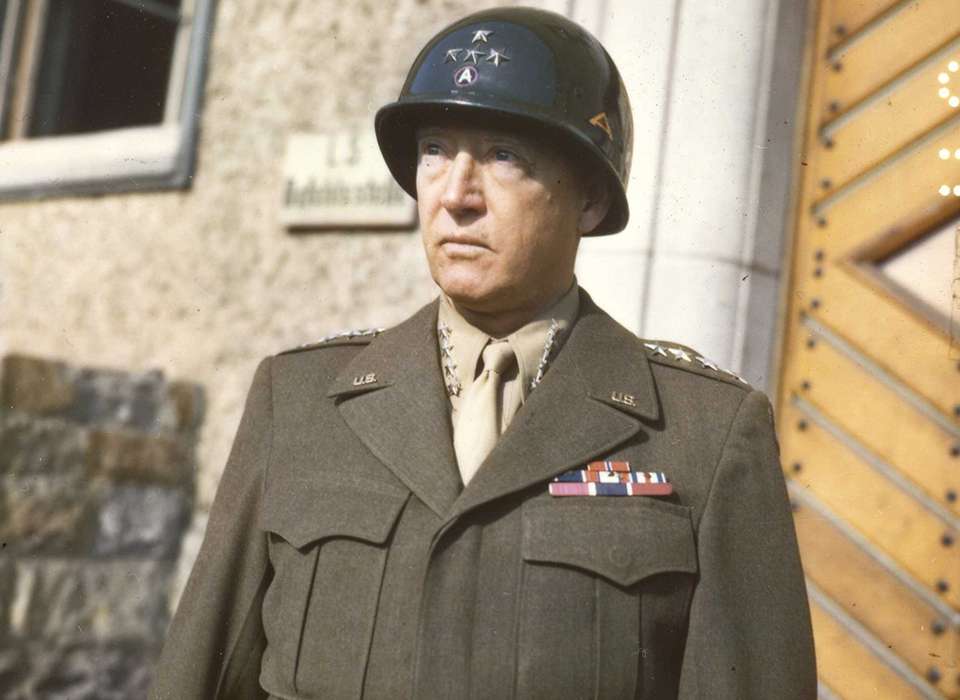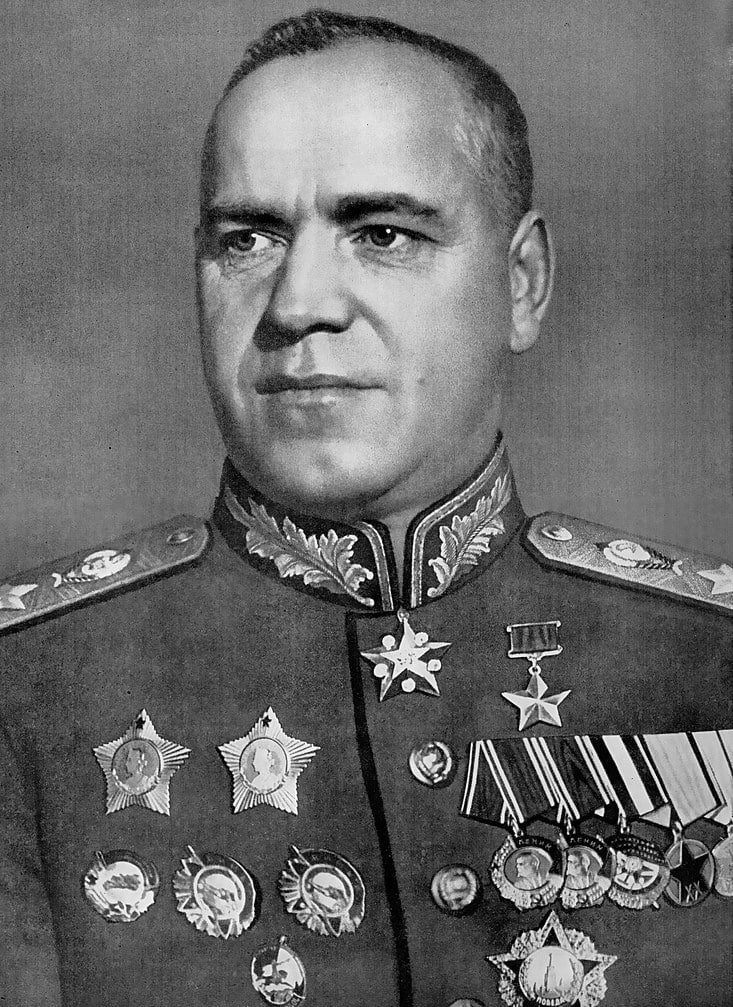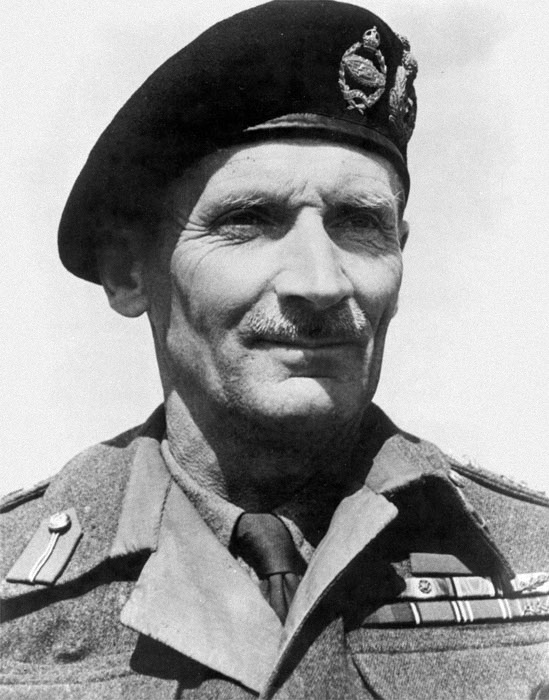World War II was the biggest military conflict of the 20th century. This multi-year engagement, which lasted from 1939 to 1945, saw warfare being waged to devastating effect on a hitherto unprecedented scale.
WWII’s result would shape the future of world politics, and its outcome was decided by the decisions and actions of a group of extraordinary military leaders. The top Allied commanders during WWII were men who will go down in history as outstanding generals and daring officers charged with facing down the Axis Powers, Germany, Italy, and Japan.
A Global Alliance
True to its name, WWII spanned the globe. Battles raged from the British mainland in the West to remote Pacific Islands in the East, from the Northern reaches of Scandinavia to the jungles of South Asia. The battles were fought on land, in the sea, and in the sky.
Never before had such an array of military machinery—spanning fighter planes, bombers, aircraft carriers, and tanks—been deployed at such a large scale. The men who fought on these battlefields displayed exceptional courage and heroism, and these qualities were exemplified in their commanders.
These soldiers and resistance fighters who fought the Axis Powers came from across the globe. Countries like the US, UK, and USSR led the war effort but were ably supported by other nations, including France, Australia, and China, just to name a few. It would be impossible to list every tactician and commanding officer who contributed to the multi-year campaign, so this article will cover the chief coordinators of the war effort.
Here are the WWII generals who had a decisive influence on the course of the war and the parts they played in securing the Allies’ victory.
Leading American Allied Commanders
The US adopted a non-belligerent approach during the early years of the war. When Adolf Hitler’s armies were aggressively expanding the borders of the Third Reich in mainland Europe, the US government chose not to directly intervene. However, it did extend support by providing aid to Allied powers like the UK and China.
The attack on Pearl Harbor in December 1941 by Imperial Japan was the catalyst that brought the US directly into WWII on the side of the Allies. Under the aegis of the President and Commander-in-Chief Franklin D. Roosevelt, the US military leaders could take the fight to the Axis Powers.
Dwight D. Eisenhower
Before the US entry into WWII, Dwight D. Eisenhower was a brigadier general in the US Army. Upon finding his country thrust into the globe-spanning conflict overnight, Eisenhower’s qualities were forged in the furnace of WWII.
During the war, he served as the Supreme Commander of the Allied Expeditionary Force in Europe. No discussion of Nazi Germany’s defeat in WWII would be complete without mentioning Eisenhower’s contributions.

Historic Military Achievement
One of the most important days of WWII was June 6, 1944, also known as D-Day. Codenamed Operation Neptune, D-Day was marked by Allied forces storming the beaches of Normandy in France. This action was critical to breaking Nazi Germany’s stranglehold on the European continent and gave the Allies a beachhead that would ultimately allow them to liberate Europe.
While D-Day is remembered as a crucial turning point in WWII, it could have gone very differently without Eisenhower’s ability to bring together a diverse group of allies. As Supreme Allied Commander, Eisenhower was responsible for coordinating the plans for the invasion of Normandy.
Operation Neptune was the largest amphibious assault operation in history. Eisenhower directed approximately 6,000 vessels, over 11,000 aircraft, and 156,000 ground forces from over nine nations in an unparalleled feat of generalship.
Post-War Legacy
Securing victory for the Allies in Europe was a solid testament to Eisenhower’s leadership skills. He was able to translate his military prestige into political success as well. Eisenhower became the 34th President of the United States, holding office for two terms stretching from 1953 to 1961.
George S. Patton
World War I and WWII were characterized by an increased use of armored tank battalions. George S. Patton participated in both wars, becoming a master in the art of tank warfare in the process. After earning the Distinguished Service Cross and Distinguished Service Medal for fighting in France during WWI, Patton returned to the US as a war hero. He advocated for the advancement of the US Army’s armored forces and personally took charge of training the soldiers in tank warfare during exercises in California.

Historic Military Achievement
Patton was a key figure in the US expeditions during WWII. His tank training exercises proved invaluable when the US entered the fray in North Africa in 1943. After a series of early setbacks, including a defeat at the Battle of Kasserine Pass, Major General Patton was selected to replace the US field commander, Lloyd Fredendall. In the next six months, Patton would ably command Operation Torch in North Africa, which concluded successfully when German and Italian forces were expelled from the theater.
Following his success in Operation Torch, Patton was chosen to lead the US forces in the invasion of Sicily, working alongside a British contingent. Once again, Patton’s aggressiveness and willingness to hit enemy forces hard with his tank divisions saw him achieve his objectives.
Patton had already proven his worth as a General, but his finest moment as a wartime leader was arguably during the Battle of the Bulge in December 1944. In harsh, wintry conditions, Patton mobilized armored divisions through the Ardennes forest and broke the German siege at Bastogne. This move ultimately broke the German army’s last strong counter-offensive, paving the way for the Allies to march into Germany itself.
Post-War Legacy
Though the European theater of war had finished in May 1945, Patton was ready for more battles. He desired a combat command position in the Pacific Theatre but didn’t get his wish. He was given a posting in Germany and would perish in December of that year due to a car accident.
Patton is remembered for his larger-than-life personality as well as his wartime accomplishments. He was known for his cavalier attitude, sporting a pair of ivory-handled pistols with his uniform. Throughout his military career, colleagues began calling Patton “Ol’ Blood and Guts,” a title he earned because of his aggression and appetite for warfare.
The Greatest General from the USSR in WWII
The USSR played an interesting role in WWII. On one hand, the choices made by Soviet Premier Josef Stalin were partly responsible for creating the conditions for WWII to break out. The German-Soviet Non-Aggression Pact of 1939 paved the way for Hitler to commence his invasion of Poland.
On the other hand, it was the Soviet Union’s Red Army that was instrumental in bringing about the Third Reich’s downfall when it finally marched on Berlin in 1945. Along the way, the USSR needed commanders who could weather the country’s see-sawing military fortunes and develop the Red Army’s military prowess.
Georgy Zhukov
From a simple conscript to chief of staff of the Red Army, George Zhukov’s ascent through the ranks is a remarkable story. Born to parents of simple means, he began his career as a soldier at the age of 19 in WWI. The next two decades of his life were a whirlwind through a turbulent time in Russian history.
Zhukov continued to serve as a soldier during the Bolshevik Revolution, the Russian Civil War, and Stalin’s Great Purges in the 1930s. By the time Hitler broke the German-Soviet Non-Aggression Pact in June 1941, Zhukov had attained the rank of general and chief of general staff of the Red Army.

Historic Military Achievement
Once the Soviet Union entered WWII, Zhukov was one of its most reliable generals. He fought in every major engagement that the Red Army was involved in against German forces. Zhukov was tasked with organizing the defense of Leningrad and Moscow in the autumn of 1941, and he fought in the bloody Battle of Stalingrad in December 1942.
Zhukov was an implacable foe for the Germans on its Eastern front. In 1943, he led the Soviet forces in the Battle of Kursk. This engagement was the largest tank battle ever seen at that point in history, with over 6,000 tanks being deployed between both sides.
Thanks to Zhukov’s victory at the Battle of Kursk, Germany’s offensive capabilities on its Eastern Front were incapacitated, which made it possible for the Red Army to deploy offensives in 1944 and 1945.
Post-War Legacy
Zhukov’s long list of achievements during WWII led to him ending the war as a decorated general. However, the Soviet premier, Josef Stalin, was suspicious of Zhukov’s growing influence, so he relegated him to obscure postings in the aftermath of the war. After Stalin’s death, Zhukov’s political fortunes were temporarily revived, leading to him serving as minister of defense during Nikita Khrushchev’s regime.
Britain’s Most Important WWII Commander
Out of all the Allied Powers in WWII, the UK had the longest engagement against the Axis Powers. The UK was the earliest nation to declare war against Nazi Germany, doing so only two days after Hitler invaded Poland in 1939.
The British contribution to the war effort was instrumental from 1939 to the enemy’s final surrender in 1945. The Commonwealth of the British Empire also joined the fray against the Axis Powers, which led to divisions from Australia, Canada, New Zealand, South Africa, and India being mobilized across many theaters of conflict.
Bernard Montgomery
Many of WWII’s distinguished commanders came up through the ranks during WWI. Bernard Law Montgomery was one such commander. His service saw him injured twice in the line of duty, yet he soldiered on (quite literally) to continue his military career.
After WWI, Montgomery developed a reputation as a thorough commander and first-rate trainer of troops. Both qualities would serve him well when WWII began.

Historic Military Achievement
Montgomery spent the entirety of WWII on or close to the frontline. He was in a commanding position with the British Expeditionary Force in 1939, working to assist the French resistance. At the time, the Nazi war machine could not be stopped, rolling through Poland, Belgium, and the Netherlands with ease. It was partly due to the cautious leadership of Montgomery that Allied forces were able to evacuate over 330,000 British and French soldiers at Dunkirk in 1940.
Despite losing ground to the Nazis in the early years of the war, Montgomery remained steadfast. For this reason, UK Prime Minister Winston Churchill selected Montgomery to lead the Eighth Army in North Africa. Montgomery took charge of a depleted force, whose morale was at a low following a series of defeats at the hands of the feared Nazi tank commander, Erwin Rommel.
Pushed back to the western border of Egypt, Montgomery opted for a defensive approach. He remained in a fortified position at El Alamein, repelling the attacks by Rommel’s forces. Instead of chasing after the attackers, Montgomery remained entrenched and spent time training his men and gathering material.
The Second Battle of El Alamein, which saw Montgomery break Rommel’s lines and send the Axis forces into retreat, was when Montgomery’s cautious and methodical approach proved its worth. This battle in October 1942 was the first time Allied forces won a significant land victory over Axis forces. Along with the Operation Torch expedition launched from Tunisia in the West, Montgomery’s Eighth Army was able to rally from Egypt in the East and drive all Axis forces out of North Africa.
Post-War Legacy
The Second Battle of El Alamein was instrumental in securing Montgomery’s legacy as Britain’s foremost WWII commander. He continued to fight in battles and took part in the invasion of Sicily before leading the British forces during the final push across Europe between 1944 and 1945.
After WWII ended, Montgomery was named Viscount of Alamein. His stubborn adherence to doing things his way made him a polarizing figure. In UK PM Churchill’s words: “In defeat, unbeatable; in victory, unbearable.”
Other Notable Allied Commanders
These four commanders are only a small representation of leaders who served the Allied cause during WWII. Other notable commanders included US General Douglas MacArthur, who led operations in the Pacific Theatre, USSR field marshal Aleksandr Vasilevsky, and General Claude Auchinlek of the UK.
With a range of personalities, strategies, and ambitions, the Allied commanders of WWII were the right crop of men to lead their forces to victory in an era-defining conflict.

